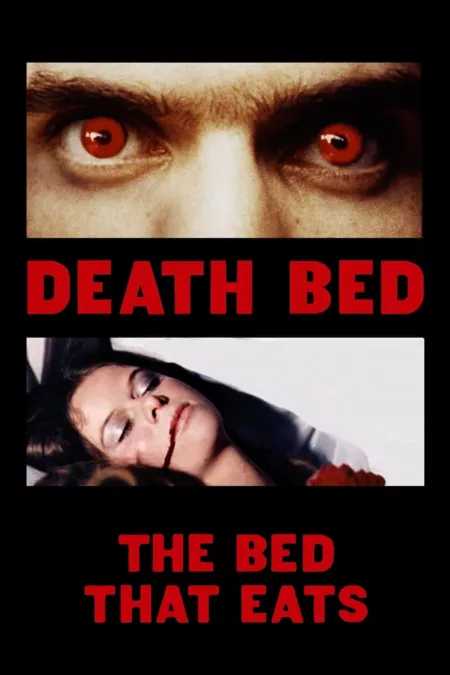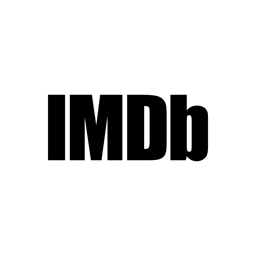A Computer Animated Hand (1972)
December 31, 1972Release Date
A Computer Animated Hand (1972)
December 31, 1972Release Date
Plot.
Where to Watch.
Cast & Crew.
Details.
Wiki.
A Computer Animated Hand is the title of a 1972 American computer-animated short film produced by Edwin Catmull and Fred Parke. Produced during Catmull's tenure at the University of Utah, the short was created for a graduate course project. After creating a model of his left hand, 350 triangles and polygons were drawn in ink on its surface. The model was digitized from the data and laboriously animated in a three-dimensional animation program that Catmull wrote.
The hand animation consists of three sequences, all rotating. The first is the data output of the hand (now called vertices) connected by lines (now called edges) but not filled with faces. The second is a halftone sequence that shows flat shading but lacks smooth shading. The final, completed animation, with organic smooth shading of the surface between the data points, depicts the hand swiveling, opening and closing, pointing at the viewer, and tilting back so the camera can move to the inside of the hand. The clip also features computer animations of an artificial heart valve and human faces. Snippets of the animations were used in the 1976 Hollywood science fiction film Futureworld.
The short film has been called groundbreaking and revolutionary for being one of the earliest examples of computer animation. Catmull went on to become a co-founder of Pixar and then its president and president of Walt Disney Animation Studios. In 2011, the film was inducted into the National Film Registry for being "culturally, historically, or aesthetically significant." Library of Congress scholars wrote: "In creating the film, Catmull worked out concepts that would become the foundation for computer graphics that followed."
You May Also Like.
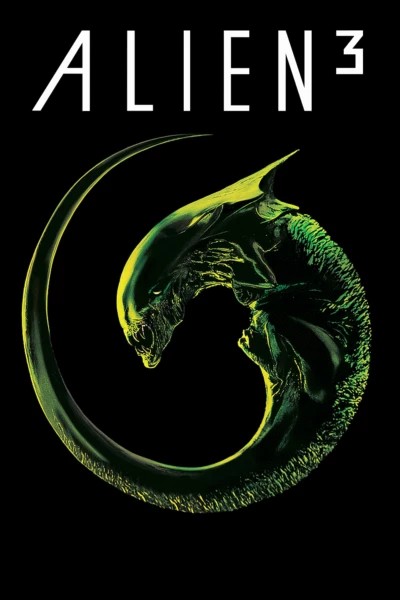
Alien³ (1992)
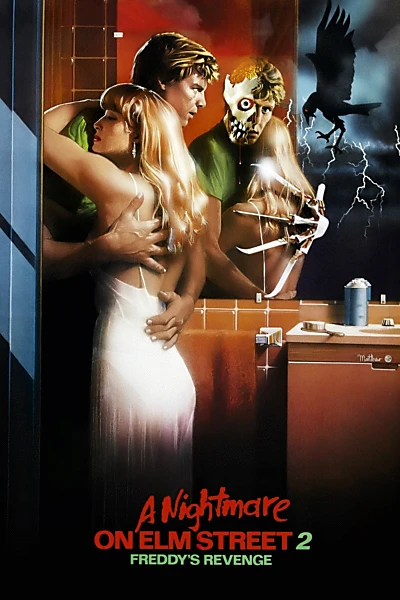
A Nightmare on Elm Street Part 2: Freddy's Revenge (1985)
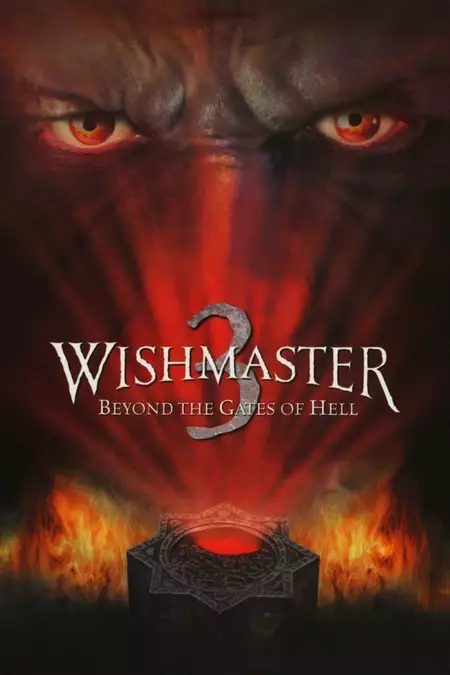
Wishmaster 3: Beyond the Gates of Hell (2001)
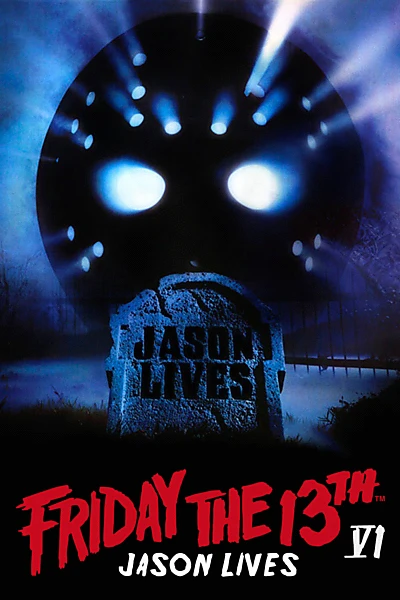
Friday the 13th Part VI: Jason Lives (1986)
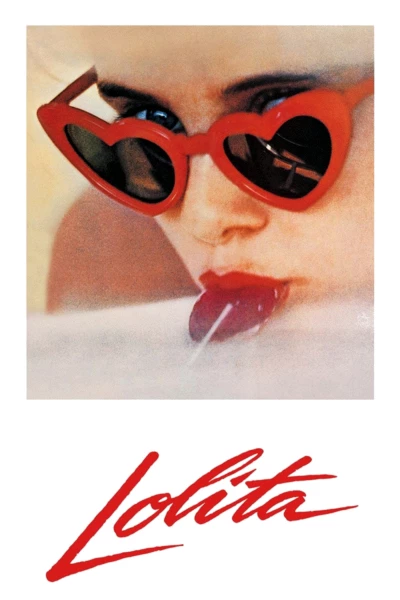
Lolita (1962)
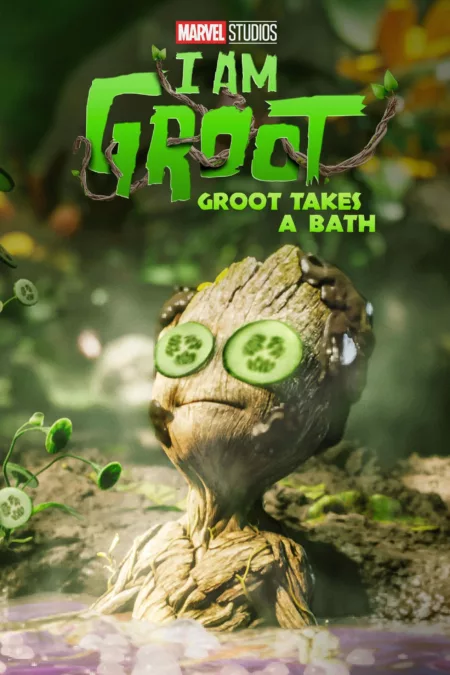
Groot Takes a Bath (2022)
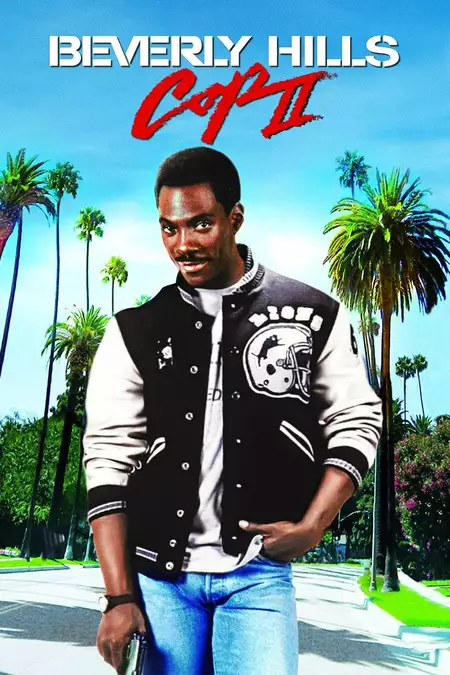
Beverly Hills Cop II (1987)
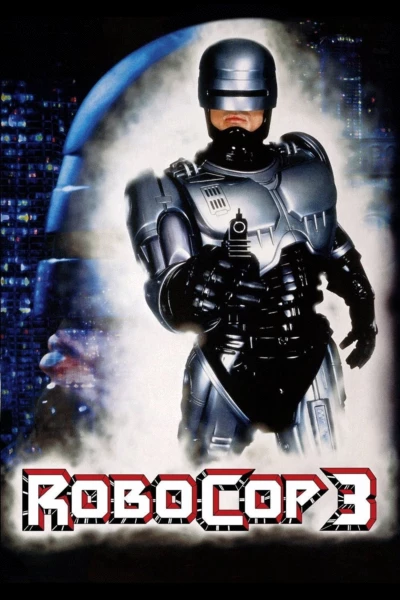
RoboCop 3 (1993)
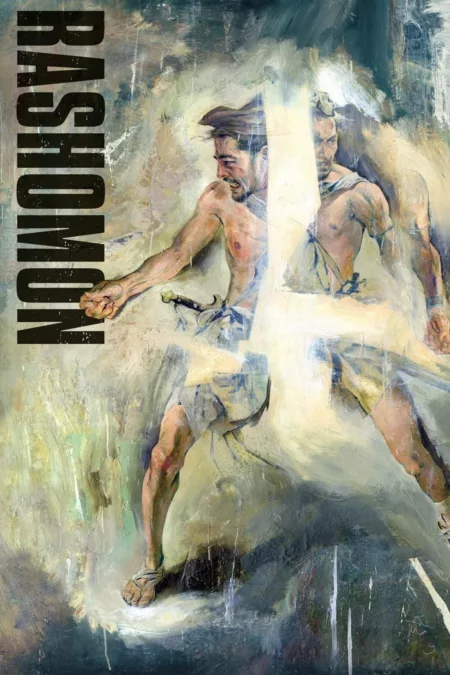
Rashomon (1950)
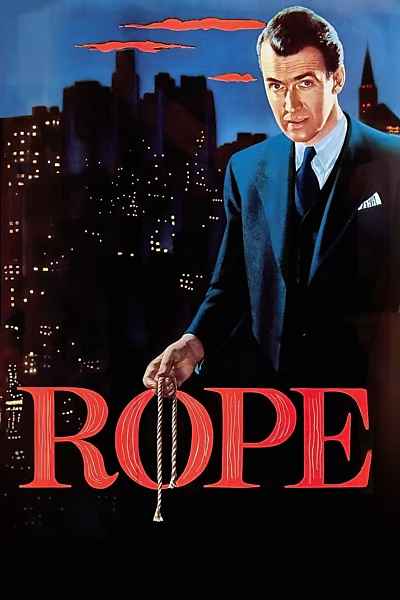
Rope (1948)
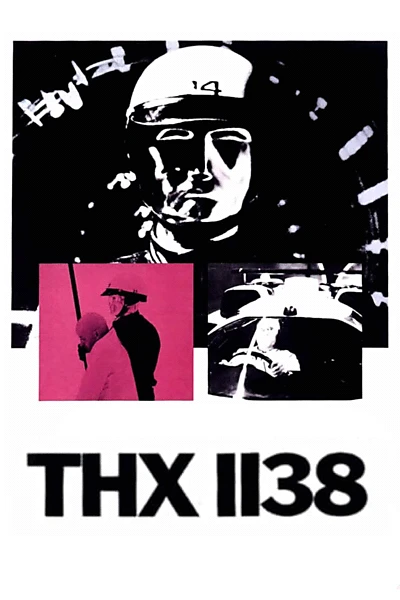
THX 1138 (1971)

Silent Night, Deadly Night (1984)

Scandalous Sex (2004)
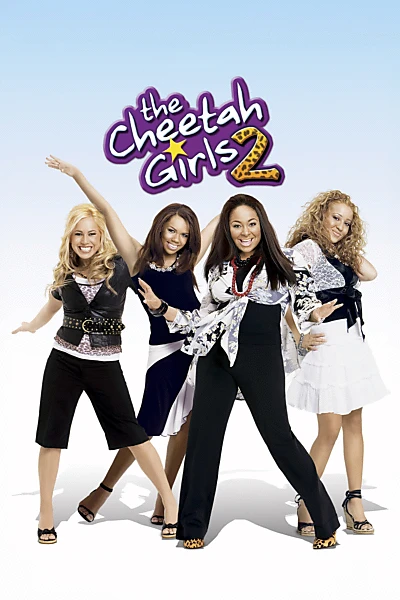
The Cheetah Girls 2 (2006)
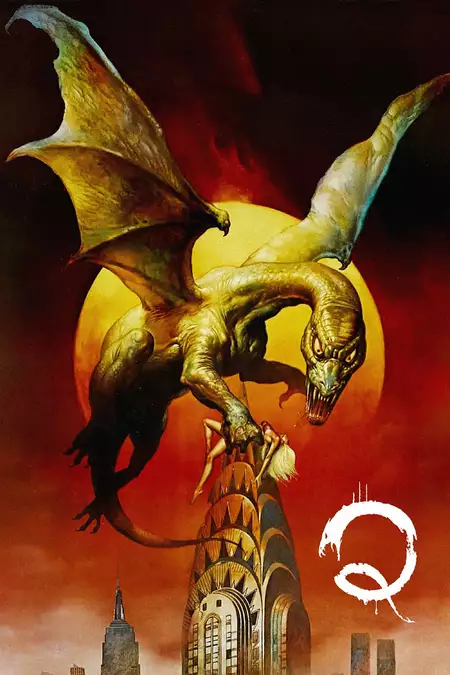
Q (1982)
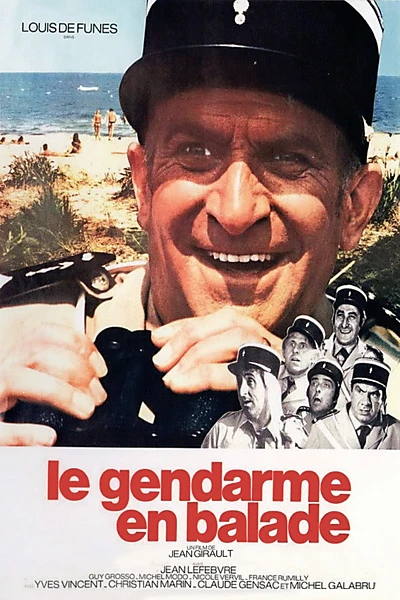
The Gendarme Takes Off (1970)
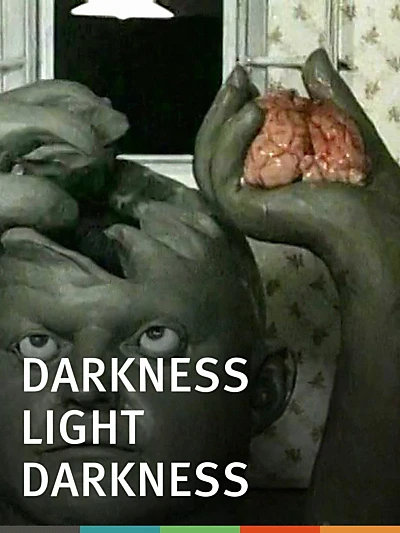
Darkness, Light, Darkness (1989)
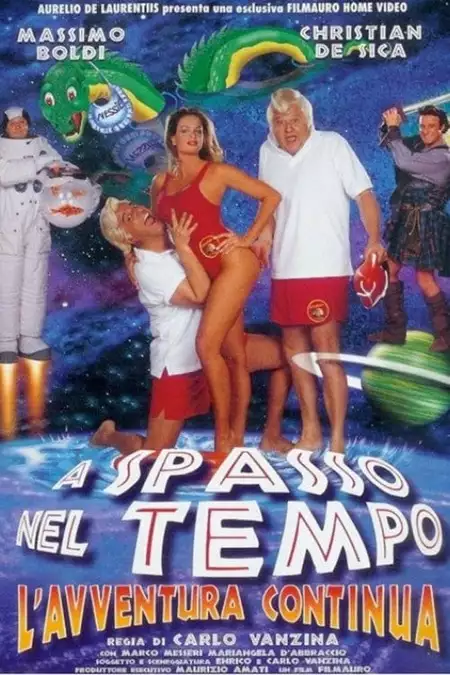
A Walk in Time - The Adventure Continues (1997)
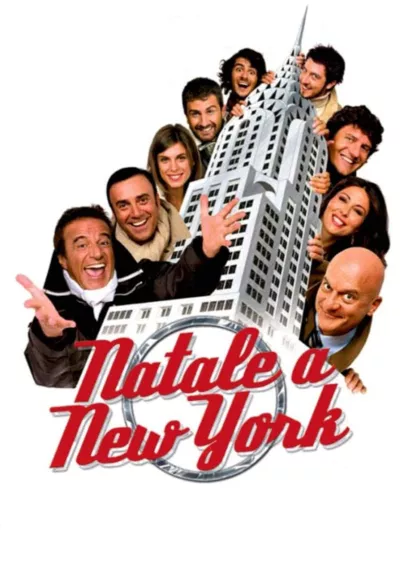
Natale a New York (2006)
